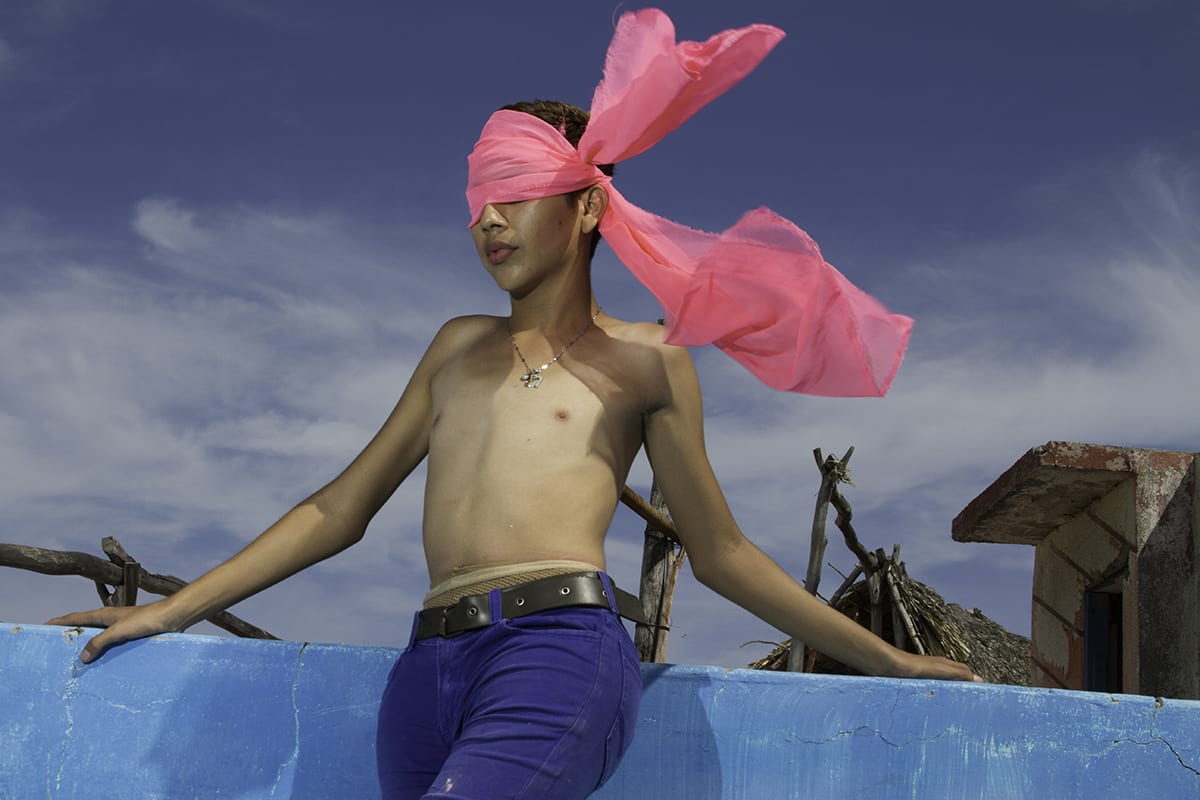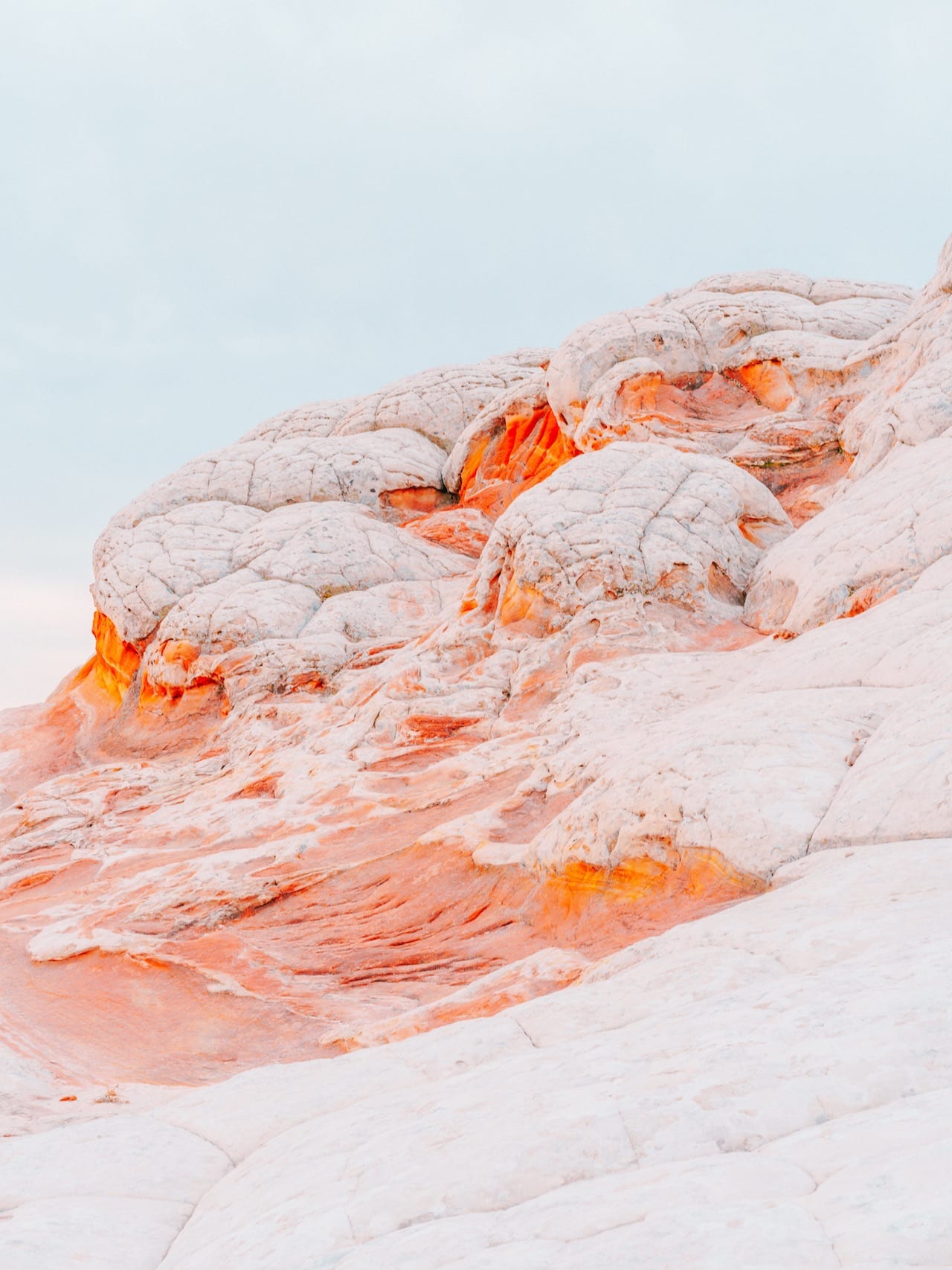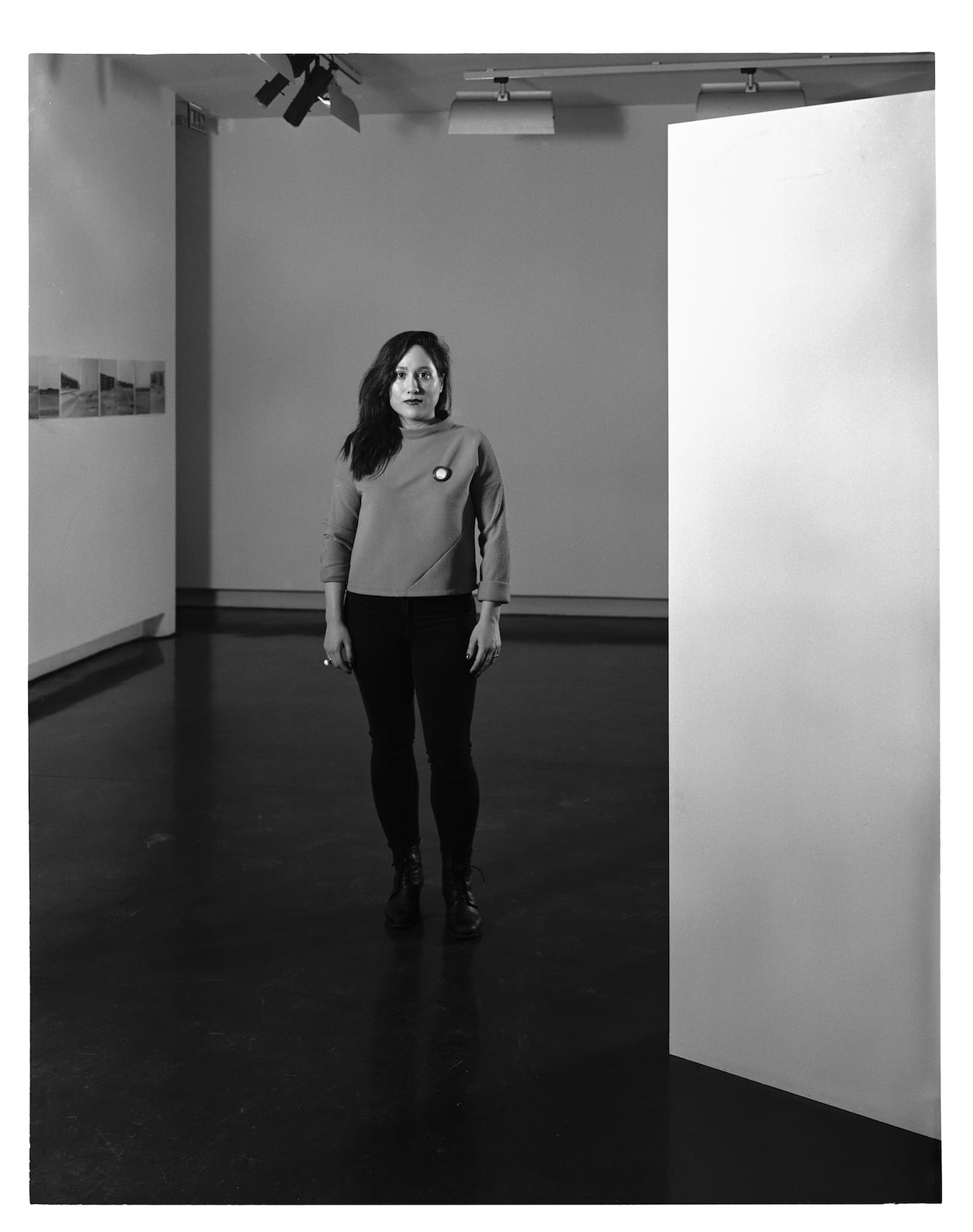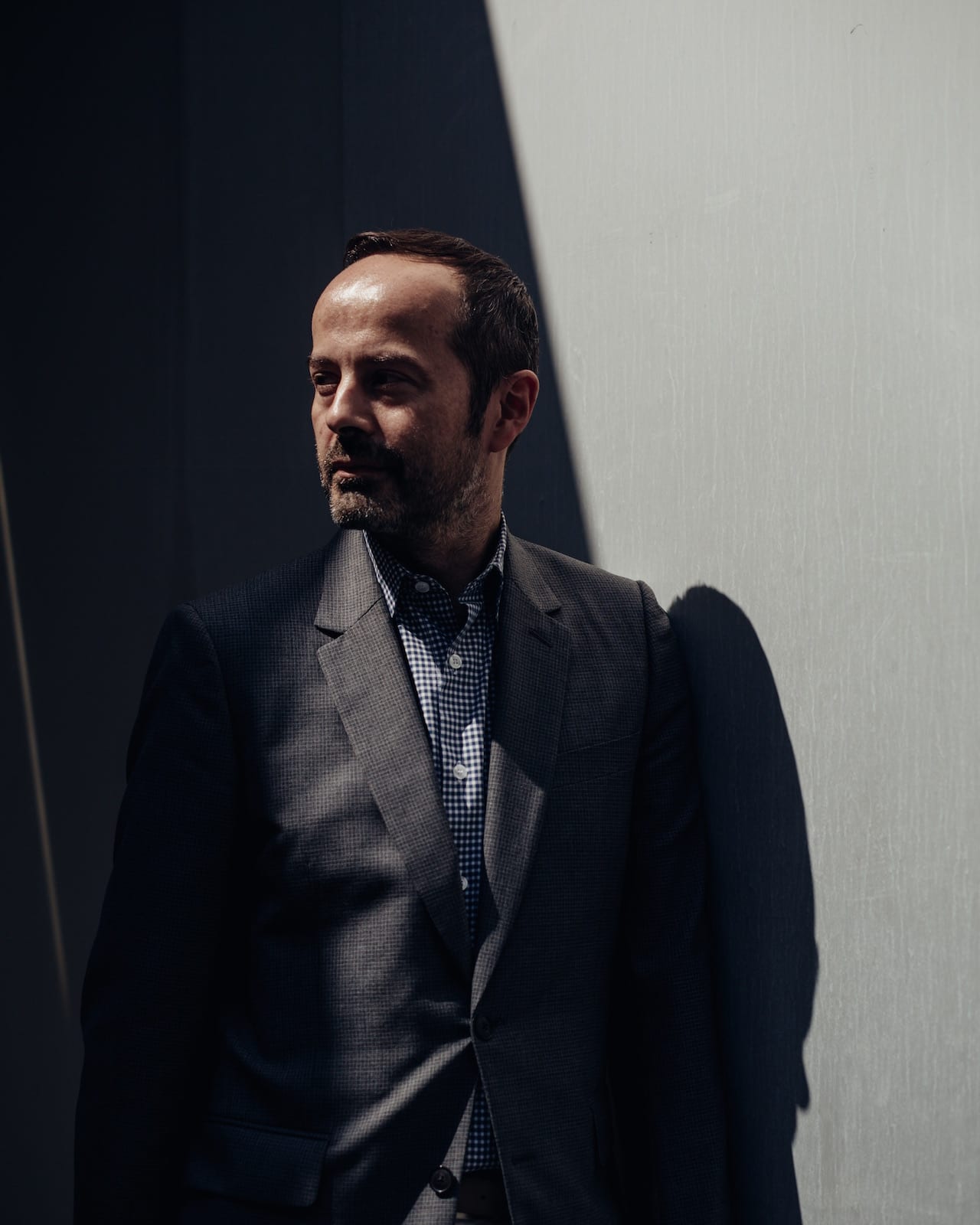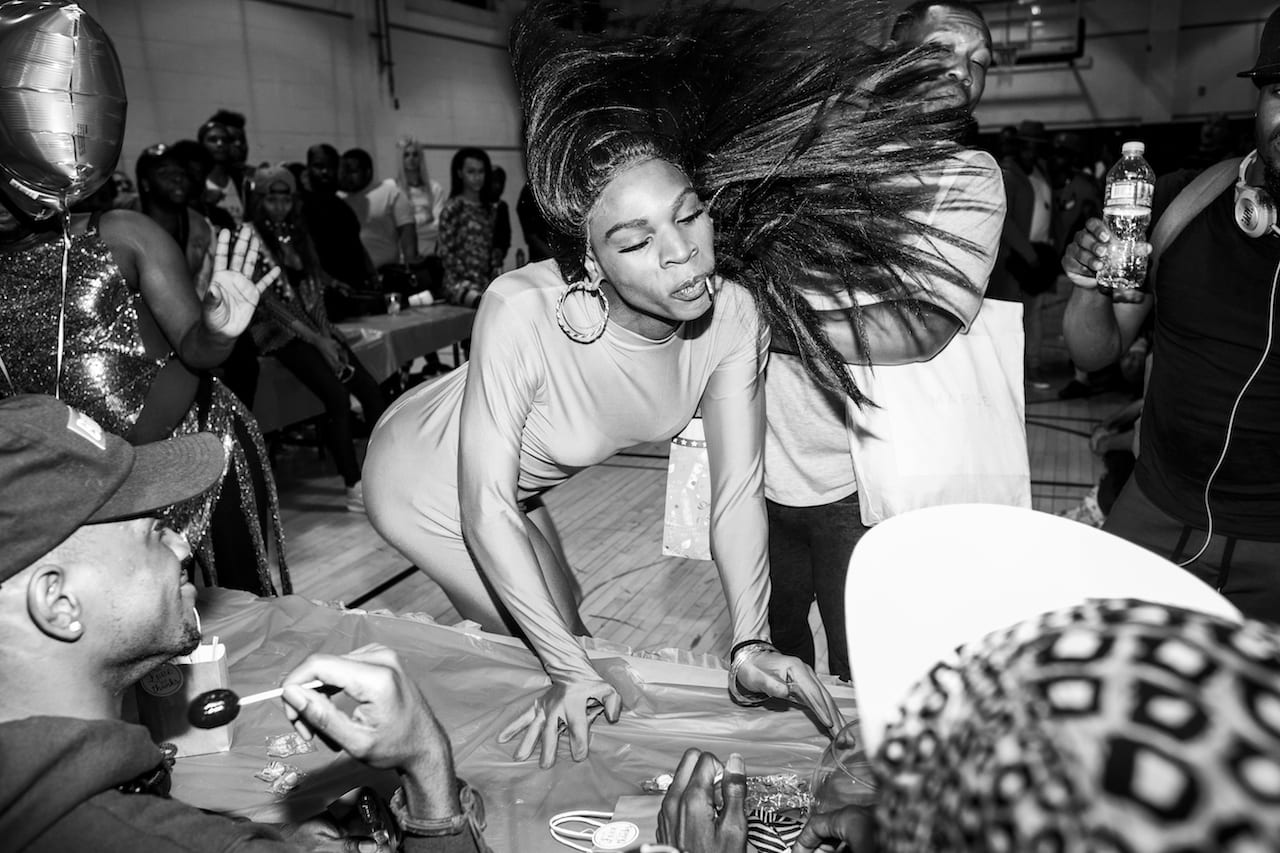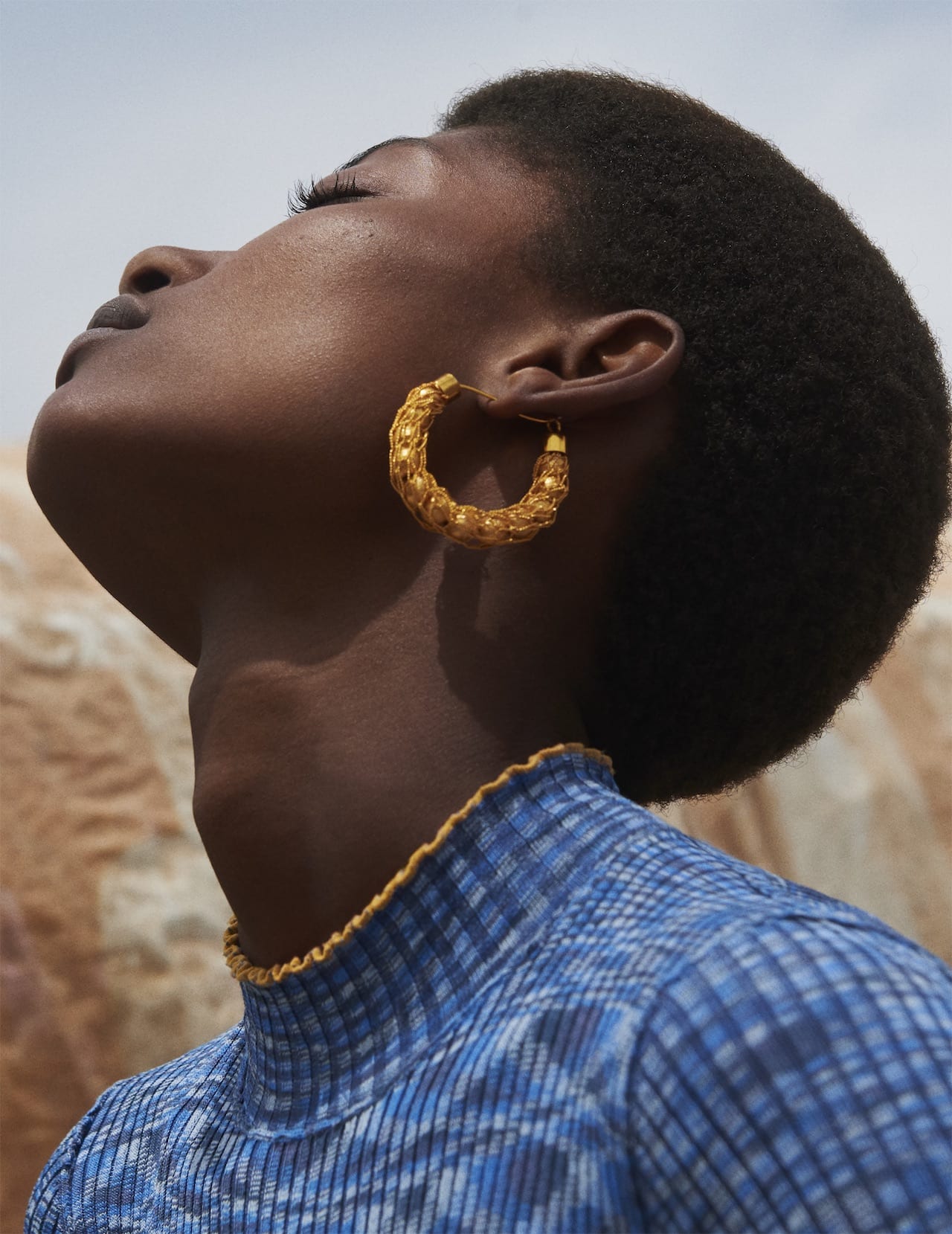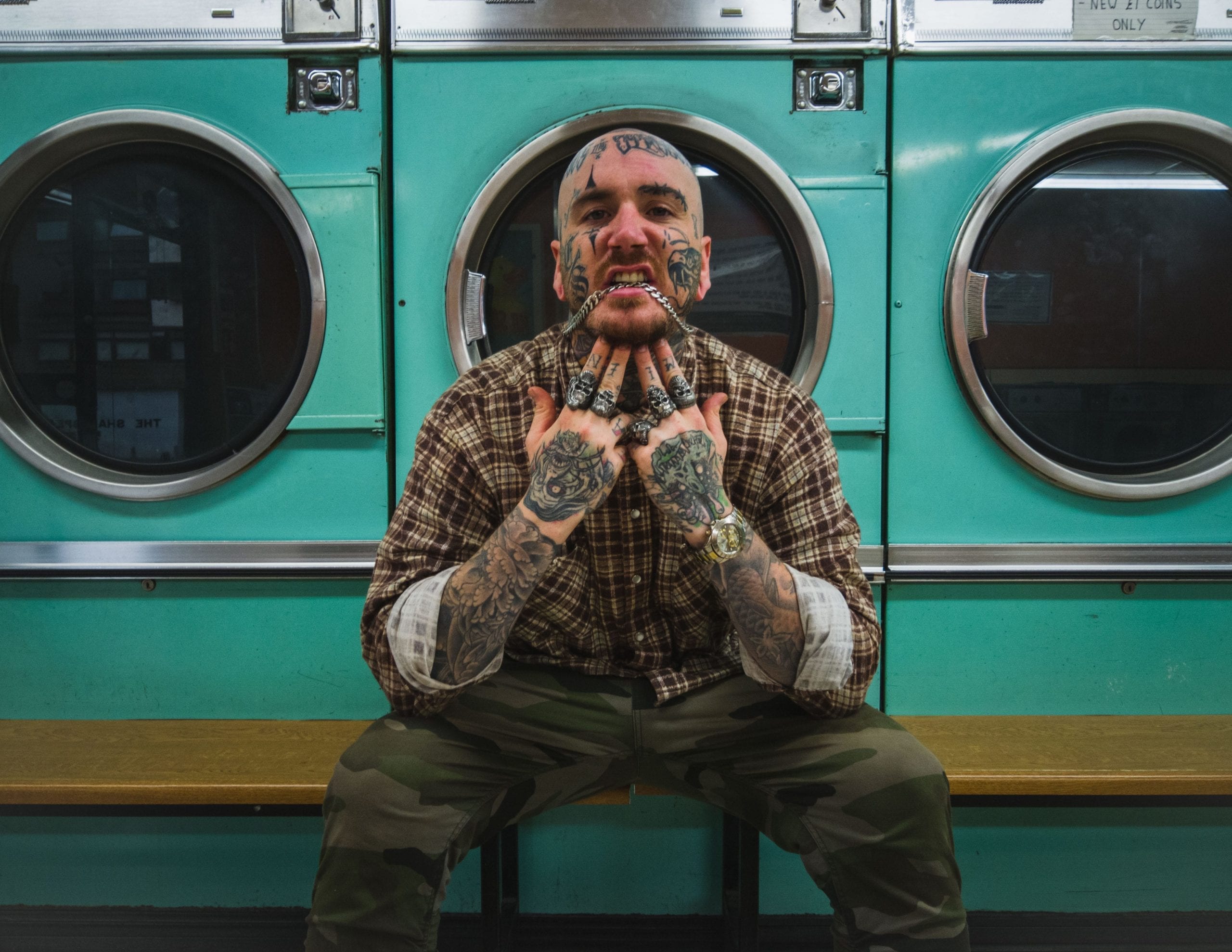JA (or Jim) Mortram was born in 1971, and studied art in Norwich. In his third year of college he dropped out to become the primary carer for his mother, who has chronic epilepsy, in a small market town in Norfolk called Dereham. In 2006 he started shooting people in and around Dereham, focusing on those facing disadvantages and social exclusion; he went to create a blog called Small Town Inertia, featuring his images and their words. The blog was critically acclaimed early on, and in 2013 Mortram was one of BJP’s Ones to Watch. Mortram has made publications of three of his stories with Cafe Royal Books, and recently published the book Small Town Inertia with Bluecoat Press. The exhibition Small Town Inertia is on show at Side Gallery, Newcastle from 12 January – 24 March



